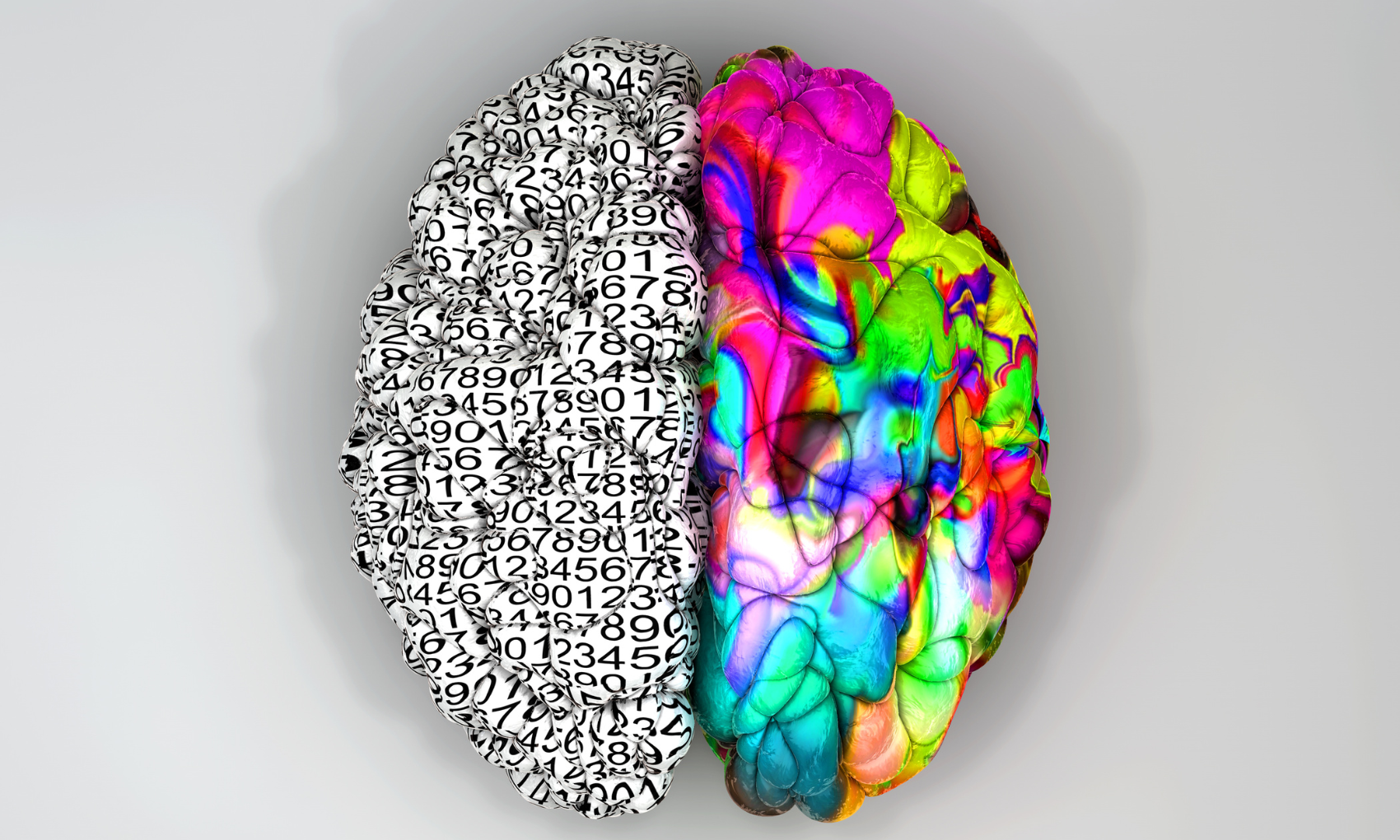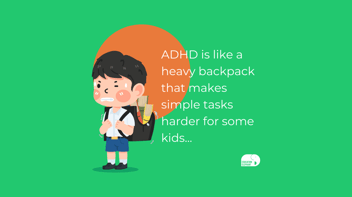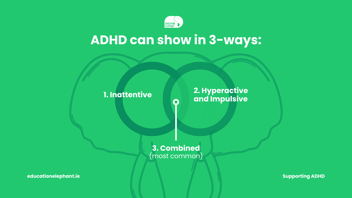
Neuromyths are misconceptions about the brain and learning. Many teachers are interested in brain research that is relevant to education. They want to know how students learn and what they, as teachers, can do to help in that learning. But teachers are not neuroscientists; they don't read neuroscience journals; they generally rely on the press or popular science magazines for their information. However, the field of neuroscience is complex, and the accurate transfer of research findings to the classroom is not straightforward. As a result, misconceptions or misreadings of the research often occur, hence the term 'neuromyths'—statements about applying brain functioning knowledge to education without basis.
There is a belief that neuromyths might be counterproductive if teachers implement wrong brain-based ideas in educational practice. Still, a recent study by Horvath et al. (2018) found that even the best "award-winning" teachers had similar neuromyth beliefs to their regular, "non-award-winning" peers.
Neuromyths are persistent and sometimes challenging to debunk. They are often rooted in scientific research but result from distortions, oversimplifications, or generalisations of research findings.
Let’s take a look at the three most prevalent Neuromyths and how they might impact education:
Myth #1: Learning Styles
One of the most widely disseminated and influential neuromyths is the concept of learning styles. The popularity of this particular myth can be traced to Carl Jung’s work in the 1960s. Jung’s theories of analytical psychology led to the development of the popular Myers-Briggs Type Indicator Test, still used today, that sorts individuals into one of 16 personality types.
From there, the idea that different people learn best in different ways– that we all have different “learning styles” — became widely accepted in all educational circles, even though there is little to no scientific evidence to support this concept. While we tend to have preferences about how we learn, the evidence shows we learn equally well in all modalities.
Teachers worldwide have altered instruction because they believe students have different learning styles. Often, this happens by dividing students into groups (e.g. Visual (spatial) Learners) and providing only information in that modality. This not only leads students to depend on that modality for learning but also deprives them of the opportunity to learn in other modalities.
Myth #2: Left Brain vs Right Brain
We, humans, love to categorise things, including ourselves! Case in point: are you more logical, analytical, mathematical, and therefore left-brained? Or are you more right-brained, meaning you tend to be more creative, emotional, and artistic? As it turns out, those left-brain/right-brain categories don’t exist. There is, quite simply, no such thing as “hemispheric dominance" or lateralisation of brain function.
This neuromyth is an old one. In the 1800s, neurologists explored the idea that each brain hemisphere functioned independently of the other. Discoveries by scientists such as Pierre Paul Broca fed this myth but for the wrong reasons. Broca, for instance, found that patients with a specific type of language function all shared damage in the left frontal hemisphere (and not the right). This was empirical evidence that our brain has specialized regions for processing and producing information.
The problem was we overgeneralised these scientific findings. Although our brains do indeed have asymmetries when processing sensory data, there is no scientific evidence that specific categories of thinking reside in specific hemispheres. Current research is finding quite the opposite — both hemispheres work together in every cognitive task!
As with learning styles, the idea of hemispheric dominance has led some educators to “differentiate” instruction in ways that prevent students from accessing a more comprehensive array of learning opportunities. For example, in a misguided effort to meet a child’s learning needs, educators may offer “right-brained” students more tasks that involve creative thinking and writing at the expense of providing practice with so-called “left brain” skills such as logical reasoning.
Moreover, such an approach can lead students to believe this neuromyth themselves. “I’m right-brained, so I’m not good at math” is not the sort of statement we want to hear our students utter, which is why this neuromyth is particularly pesky and perhaps downright dangerous.
Myth #3: Letter Reversal = Dyslexia
Walk into any first-class classroom; chances are excellent that many students will be reversing their letters. Do they all have dyslexia? The notion that letter reversals either signal or cause dyslexia is another common neuromyth.
This idea likely stems from early theories about dyslexia, long since shown to be false, that suggested that readers with this disorder had trouble with visual processing. At the time, it was believed that a reader with dyslexia could not distinguish the visual inputs of letters from each other, such as a b from a d.
Research has long since revealed that dyslexia is due to a disruption in phonological processing — how we associate sounds with letters and letter blends. Letter reversals occur with readers with dyslexia, but they also occur with readers without dyslexia, especially when first learning to read. When letter reversals persist into the later grades, they may signal dyslexia, but only as a consequence of the disorder, not as a cause (Blackburne et al., 2014).
On a large scale, the letter reversal neuromyth has led to developing several reading interventions based on a visual-deficit model rather than the more accurate phonological confusion model. As such, these interventions do not always include evidence-based strategies designed to improve phonological awareness.
On a more individual scale, this neuromyth has led to misdiagnoses, either with too many children being diagnosed with dyslexia (and given the wrong sorts of interventions) or too few, with practitioners delaying intervention when struggling readers do not demonstrate letter reversals (Macdonald et al., 2017).
These neuromyths are just three out of many that are widely accepted and disseminated. How can we avoid falling prey to these false “facts”? Whether we are teachers, parents, researchers, or administrators — we can all become savvier consumers of information about our brains. As educators, we need to continue to use our professional judgment to differentiate and personalize instruction to meet the needs of learners. We can and must educate ourselves, and each other, about what science tells us about how we learn. Many studies are freely available to the general public, and increasingly researchers are beginning to provide explicit training in the natural science behind learning.
Test Yourself with this Downloadable Neuromyths List
Dekker, S., Lee, N., Howard-Jones, P., &; Jolles, J. (2012). Neuromyths in education: Prevalence and predictors of misconceptions among teachers. Frontiers in Psychology, 3(429). DOI: 10.3389/fpsyg.2012.00429
Horvath, J. C., Donoghue, G. M., Horton, A. J., Lodge, J. M., & Hattie, J. A. C. (2018). On the irrelevance of neuromyths to teacher effectiveness: Comparing neuro-literacy levels amongst award-winning



